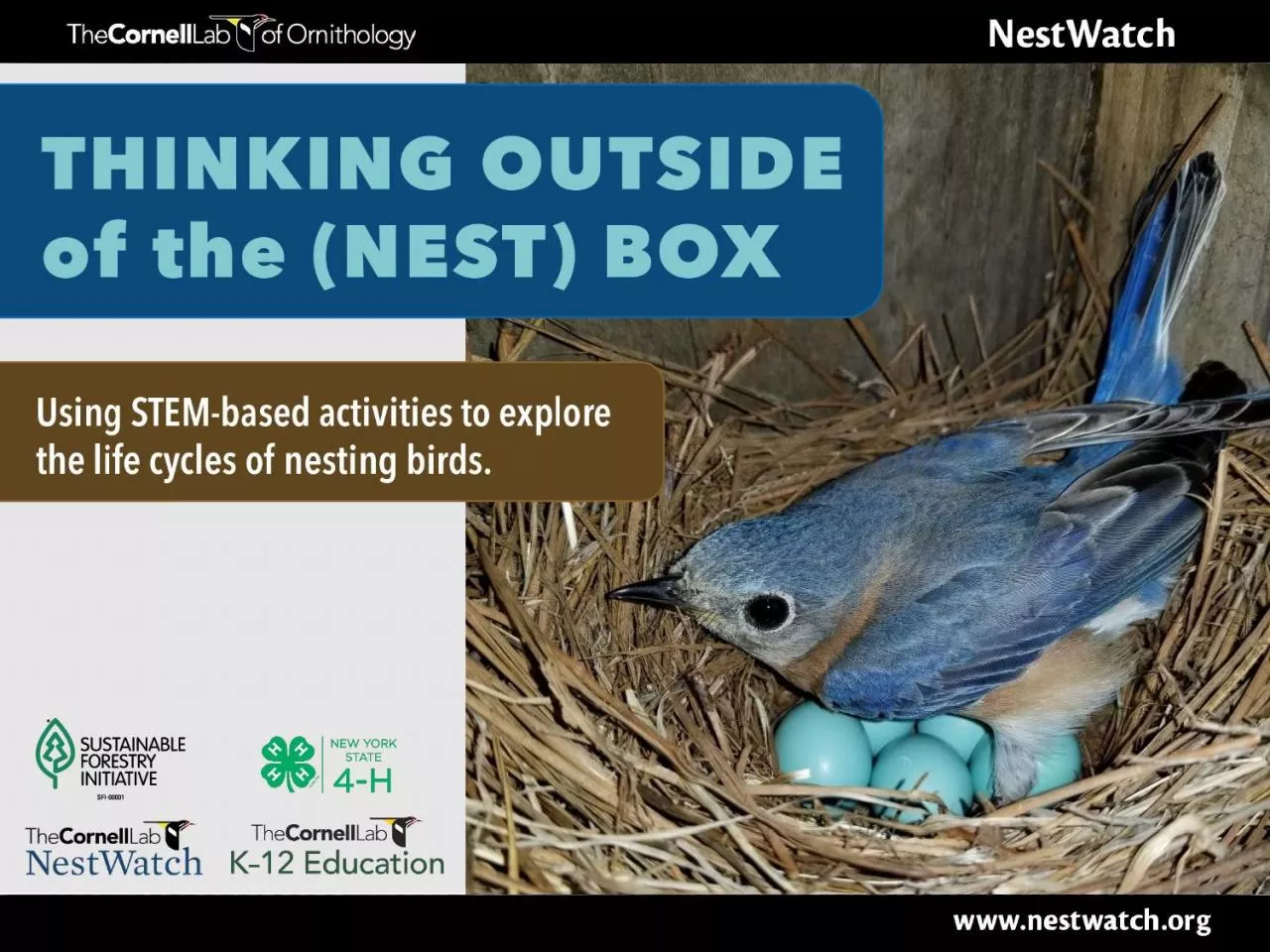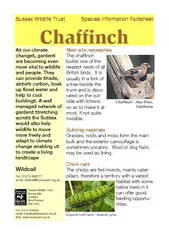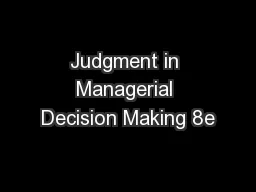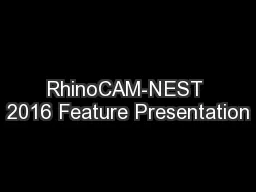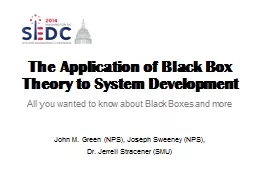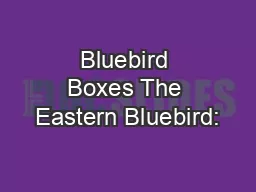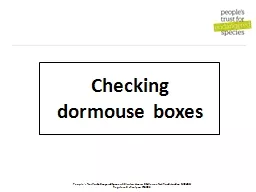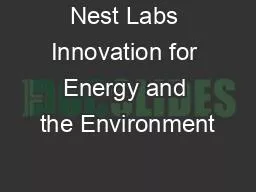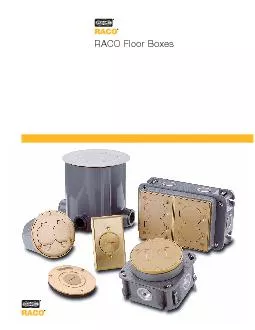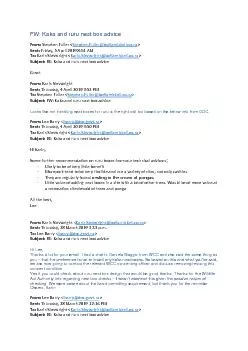PPT-Why nest boxes? Nest box
Author : skylar | Published Date : 2023-09-20
Tree cavity From a birds perspective What makes a good nest box Good Bad Made with untreated wood Probably cedar or pine Sloped roof Entrance hole is correct
Presentation Embed Code
Download Presentation
Download Presentation The PPT/PDF document "Why nest boxes? Nest box" is the property of its rightful owner. Permission is granted to download and print the materials on this website for personal, non-commercial use only, and to display it on your personal computer provided you do not modify the materials and that you retain all copyright notices contained in the materials. By downloading content from our website, you accept the terms of this agreement.
Why nest boxes? Nest box: Transcript
Download Rules Of Document
"Why nest boxes? Nest box"The content belongs to its owner. You may download and print it for personal use, without modification, and keep all copyright notices. By downloading, you agree to these terms.
Related Documents

